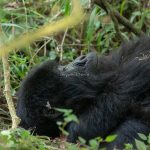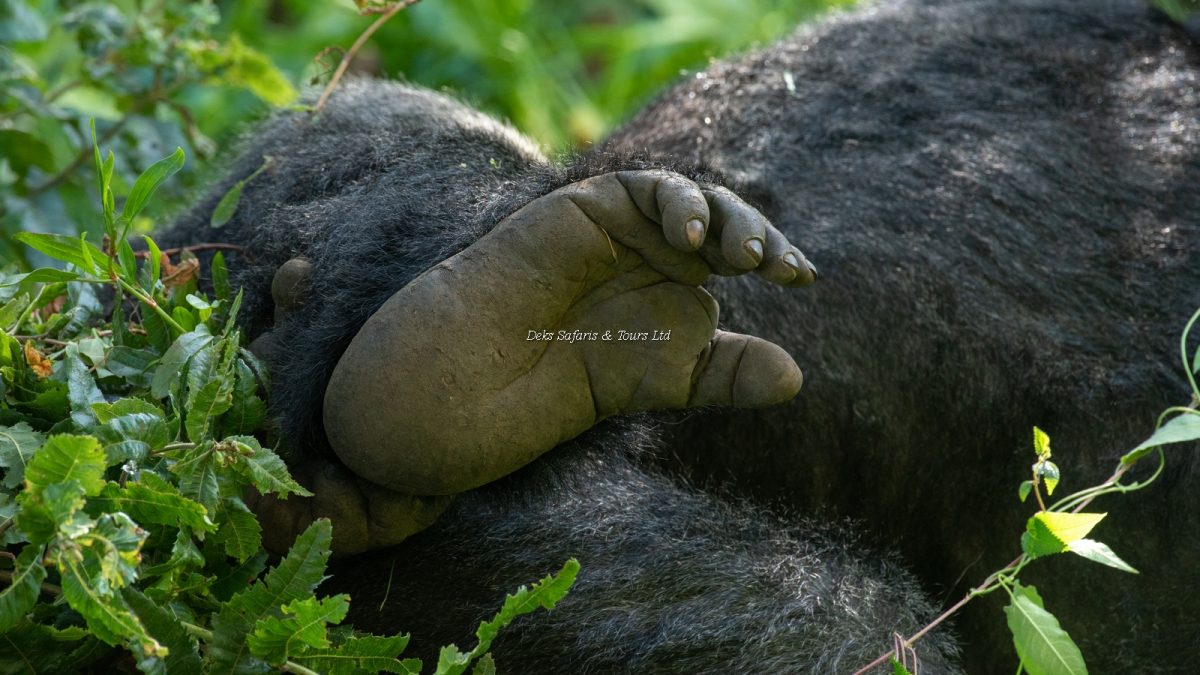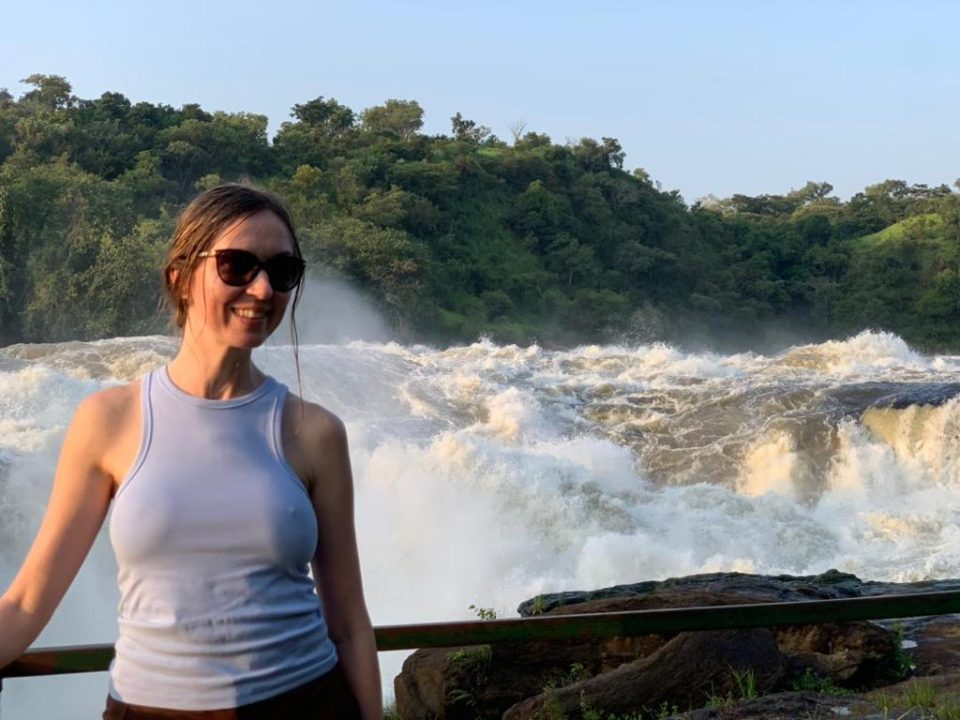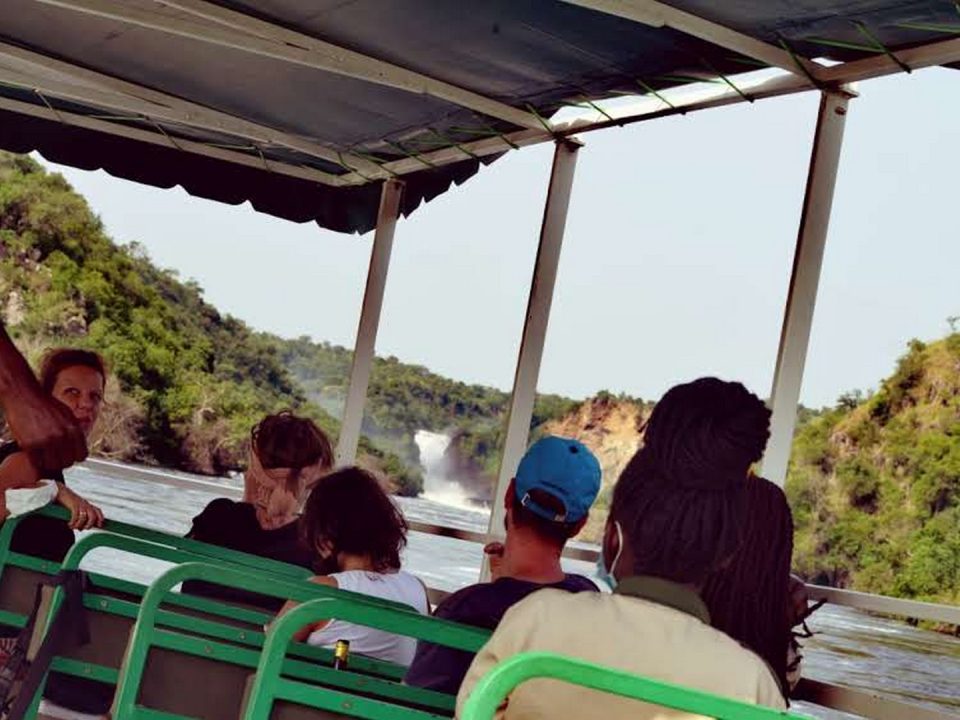
How Do I Book Gorilla Trekking in Uganda?
February 22, 2025
Is Uganda Safe for Gorilla Trekking?
February 23, 2025What is the Temperature for Gorilla Trekking in Uganda?
Understanding the Weather Conditions for Gorilla Trekking in Uganda by Deks Safaris & Tours Ltd.
Gorilla trekking in Uganda is an incredible wildlife adventure, offering a unique opportunity to encounter mountain gorillas in their natural habitat. As you prepare for this unforgettable experience, one of the key factors to consider is the temperature and weather conditions. Knowing what to expect weather-wise will help you pack appropriately, ensuring that you stay comfortable during your trek.
At Deks Safaris & Tours Ltd., we understand the importance of preparation, and this guide will provide detailed insights into the temperature and climatic conditions you can expect while trekking in Uganda’s famous gorilla trekking destinations: Bwindi Impenetrable National Park and Mgahinga Gorilla National Park.
The Climate of Uganda: A General Overview
Uganda, located on the equator in East Africa, enjoys a tropical climate with varying weather conditions depending on the region’s altitude. The country is known for its pleasant temperatures, which are moderated by the high elevation in many parts, including the areas where gorilla trekking takes place.
Both Bwindi Impenetrable National Park and Mgahinga Gorilla National Park are located in southwestern Uganda, at an altitude of about 1,190 to 2,500 meters (3,900 to 8,200 feet) above sea level. The elevation plays a significant role in keeping the temperatures cooler than in other lower-lying parts of Uganda.
The Effect of Altitude on Temperature
The higher the altitude, the cooler the temperature tends to be. Therefore, while the temperature in Uganda’s lowlands may soar to 30°C (86°F) or higher during the day, the cooler mountain regions, where the gorillas reside, typically have daytime temperatures ranging from 15°C to 25°C (59°F to 77°F).
In general, you can expect pleasant temperatures for the majority of the day, although early mornings and evenings may be a bit chilly, especially in the mountainous areas.
Temperature During Different Seasons
Understanding Uganda’s seasonal variations is crucial for planning your gorilla trekking adventure. Uganda has two main seasons: the rainy season and the dry season. Each of these seasons has a direct impact on the temperature and overall trekking experience.
The Dry Season (June to September and December to February)
The dry season in Uganda is often considered the best time to go gorilla trekking because the weather is more predictable, and the trails are easier to navigate.
- Temperature Range: During the day, you can expect temperatures between 18°C to 25°C (64°F to 77°F), with cooler early mornings and evenings, dropping to 12°C to 15°C (54°F to 59°F).
- Weather Conditions: The dry season is typically characterized by clear skies, less rainfall, and more stable weather conditions. Although the temperatures remain mild, you will experience more sunshine during the day, making it an excellent time for trekking.
While the daytime temperatures remain comfortable, the cooler mornings and evenings mean you should be prepared with warm clothing for the early start to your trek and the cooler evening hours at the lodge.
The Rainy Season (March to May and October to November)
The rainy season in Uganda typically brings heavier rains, especially in the months of April, May, October, and November. These months are considered the “low season” for gorilla trekking, but they also offer a quieter experience with fewer tourists.
- Temperature Range: Despite the rainfall, the temperatures during the rainy season remain relatively mild, ranging from 15°C to 22°C (59°F to 72°F) during the day. Nights can be chilly, with temperatures dropping to 10°C to 15°C (50°F to 59°F).
- Weather Conditions: The rain can make the trails muddy and slippery, which may make trekking more challenging. However, the lush landscapes during this time are stunning, and the forest is lush and green.
While the weather can be unpredictable during the rainy season, the temperatures are still moderate and relatively pleasant, although you should expect rain showers, especially in the afternoons.
How Does the Temperature Affect Gorilla Trekking?
The temperature and weather conditions play a significant role in shaping your gorilla trekking experience. Here are some ways the weather influences your trek:
Trail Conditions
Gorilla trekking takes place in dense, hilly, and often muddy forests, which can be challenging to navigate during the rainy season. The trails tend to become slippery, which may slow down your pace and require more effort to maintain balance and stability. This is particularly important to consider if you are trekking during the wet months of the year.
During the dry season, the trails are firmer and easier to navigate, offering a smoother experience. However, even during this time, it’s important to prepare for occasional rain showers, especially if trekking at higher altitudes.
Physical Exertion and Comfort
The moderate temperatures in the mountainous areas make gorilla trekking more comfortable compared to other regions in Uganda where it can get uncomfortably hot. With daytime temperatures hovering between 18°C and 25°C (64°F to 77°F), trekkers are less likely to experience excessive heat or dehydration. However, it’s still important to stay hydrated, especially if you’re trekking for several hours.
- Morning temperatures can be a bit cooler, especially if you’re starting the trek early, so layering your clothing is essential. A light jacket or fleece can help you stay warm in the morning.
- Midday temperatures are usually pleasant, but the physical exertion of hiking up steep terrain can make you feel warmer than usual. Light clothing that wicks away sweat is recommended.
- Evening temperatures can drop, especially in the higher altitudes, so packing a warm jacket or sweater is advised for the evening.
Impact on Wildlife and Gorilla Behavior
The weather and temperature also influence the behavior of the gorillas themselves. During the dry season, the gorillas tend to stay in higher altitudes, where the forest is less dense and more open, making it easier to track them. During the rainy season, the gorillas may move to lower altitudes in search of food, which could make them harder to find.
However, gorillas are generally active throughout the year, and you are likely to have an unforgettable experience regardless of the season you choose to trek.
What to Wear for Gorilla Trekking in Uganda
Given the moderate temperatures and potential for rain, packing the right clothing is essential to ensure comfort and safety during your trek. Here are some key items to pack:
- Sturdy Hiking Boots: Essential for trekking on muddy, slippery trails.
- Waterproof Jacket: Helps protect against rain showers, particularly during the wet season.
- Long Sleeves and Pants: For protection from thorns, insects, and the cold morning air.
- Hat and Sunglasses: To shield from the sun, especially during the dry season.
- Gloves: For extra grip while trekking through thick vegetation.
Conclusion: Best Time for Gorilla Trekking in Uganda
In conclusion, the temperatures in Uganda’s gorilla trekking regions are moderate and comfortable, with daytime temperatures ranging from 15°C to 25°C (59°F to 77°F). The best time for trekking is during the dry season (June to September and December to February), when the weather is stable and the trails are more manageable. However, even in the rainy season, temperatures remain mild, and the experience is still worthwhile for those seeking a quieter and more lush environment.
Whether you choose the dry or rainy season, Deks Safaris & Tours Ltd. is here to ensure you have all the information you need to prepare for your gorilla trekking adventure. Our expert team is ready to guide you through the entire process, ensuring a memorable and comfortable experience in the stunning landscapes of Uganda.





